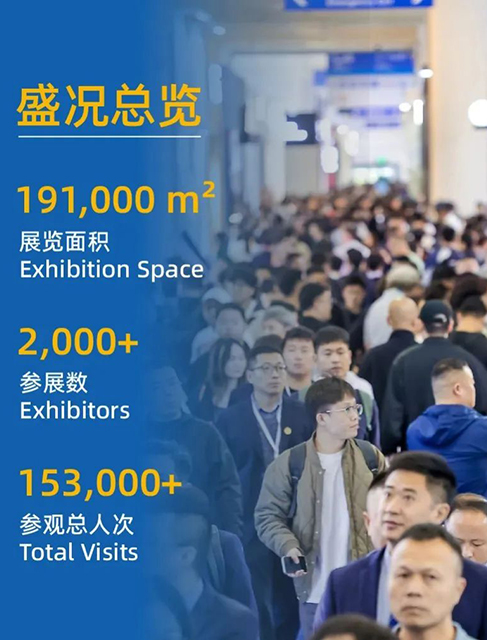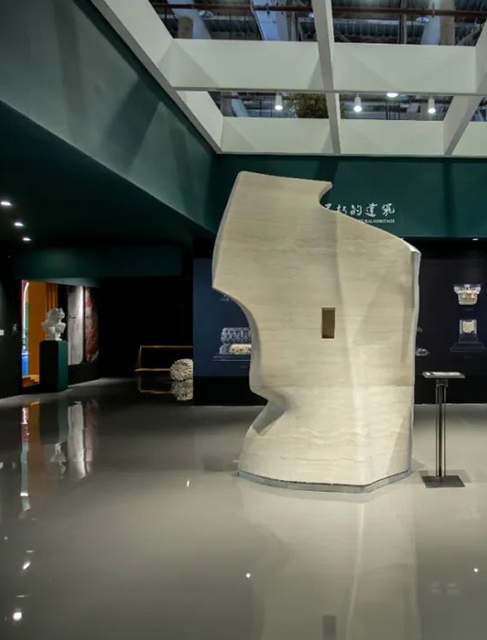Voice of the Two Sessions | National Committee of the Chinese People’s Political Consultative Conference Member Chu: the new normal stone industry transformation and upgrading of new progress
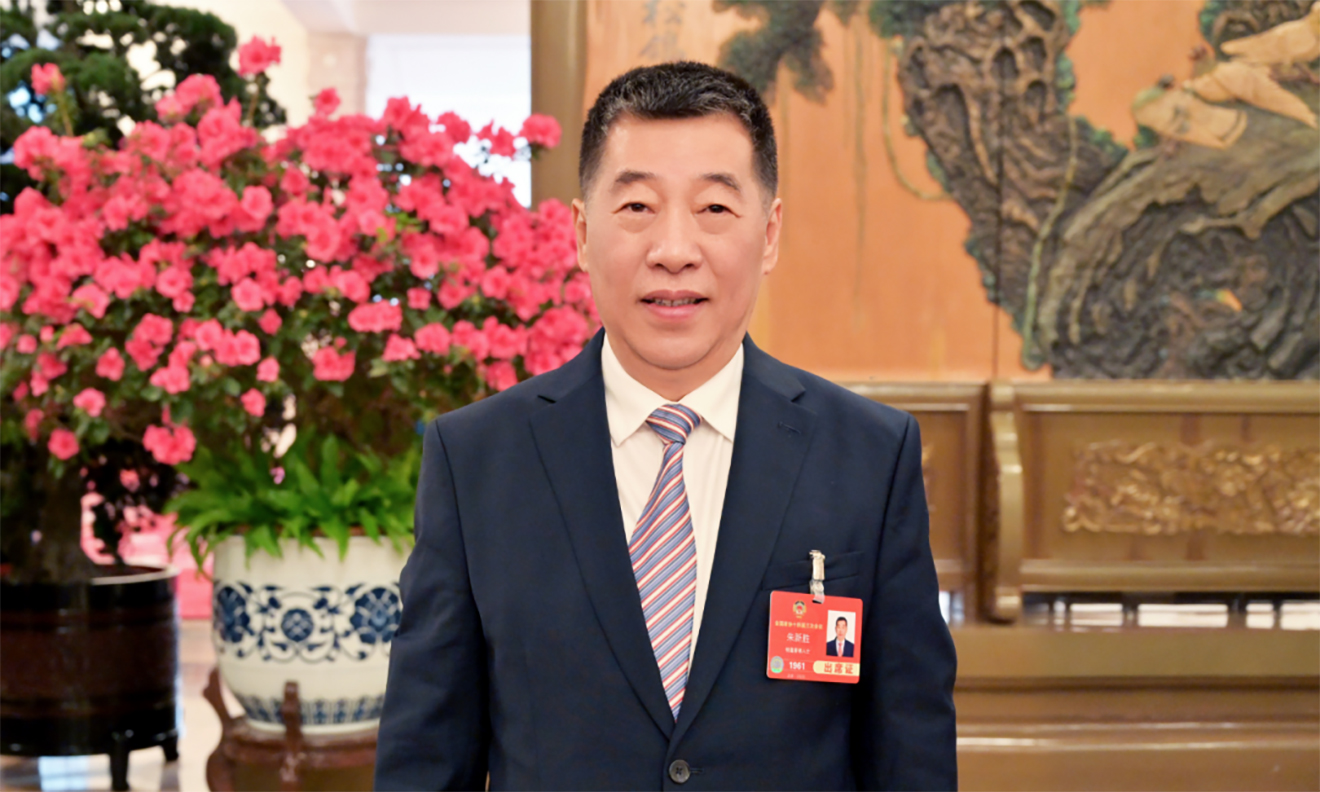
National Committee of the Chinese People’s Political Consultative Conference (CPPCC), UMGG chairman Marble Chu
As a member of the National Committee of the Chinese People’s Political Consultative Conference (CPPCC) from the stone industry, UMGG Chairman Marble Chu has always paid close attention to the development of the industry over the years, this year, during the two sessions, in-depth analysis of the new normal under the transformation and upgrading of the stone industry’s latest situation.
Environmental protection upgrade: The implementation of the green development concept. In recent years, under the new normal of the economy, the economy has declined and market demand has decreased. The building materials industry has all faced considerable operational pressure. But at the same time, pressure is also forcing the industry to transform and upgrade. In the stone industry, according to my observation, there are at least the following new developments in transformation and upgrading.
First, progress in environmental protection.
As a stone industry professional, I fully agree with the new development concept of “dual carbon” and relevant policies of the Party and the state. At present, the stone industry is accelerating the elimination of backward production capacity and upgrading towards greater standardization, more advanced technology and greater environmental protection. For example, green mining in mines reduces ecological damage and resource waste; The processing basically eliminates dust, and wastewater is collected and treated. Stone chips, scraps and other materials are recycled. In addition to continuously carrying out technological innovation, Global Stone has also introduced a lean production system, striving to build a large-scale, well-equipped, high-quality and environmentally friendly natural stone factory.
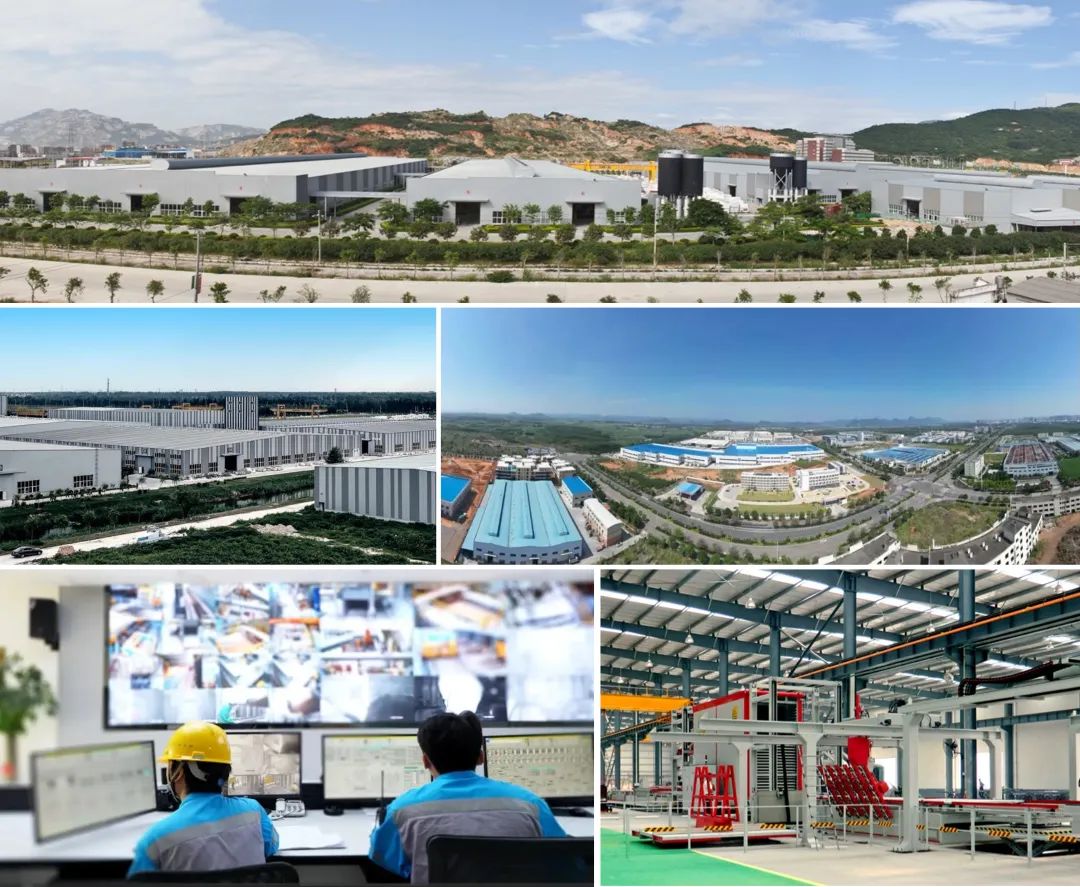
We know that among building materials, marble has prominent natural and environmentally friendly features and is itself a green and low-carbon industry. Because the production of natural stone is a physical process of mechanical cutting and grinding, it does not require kilns, has low energy consumption, and does not leave behind non-biodegradable waste. According to relevant data, the current annual carbon emissions of China’s building materials industry are approximately 2 billion tons, while those of the stone industry are only 1 million tons, accounting for a very low proportion.
It is hoped that policies will support and guide the stone industry to further integrate and upgrade, make steady progress, develop in a standardized manner, and eventually form an environment of green mining and orderly competition.
Diversified transformation: Quality, technology and internationalization go hand in hand
Second, changes in the market.
In the past, enterprises in the industry suffered from severe internal competition, disorderly rivalry and blind price wars, which affected product quality and the healthy and sustainable development of the industry. With the competition in the market and the requirements of various policies and regulations, low-quality production capacity has gradually been eliminated, and key enterprises have gradually formed a certain threshold. They must follow the standards and ensure product quality.
Moreover, the charm of natural marble stems from its individual characteristics. The acceptance of personalized and differentiated natural stone by Chinese users is still gradually increasing. Excessive pursuit of consistency is not conducive to the presentation and application of the aesthetic appeal of natural stone. With the development of China’s economy and society and the improvement of people’s living standards, we can see that users, especially the younger generation, are increasingly accepting these characteristics of natural stone. These are expected to expand the application scope of natural stones, which is very conducive to accelerating the realization of carbon reduction goals in China’s building materials sector.
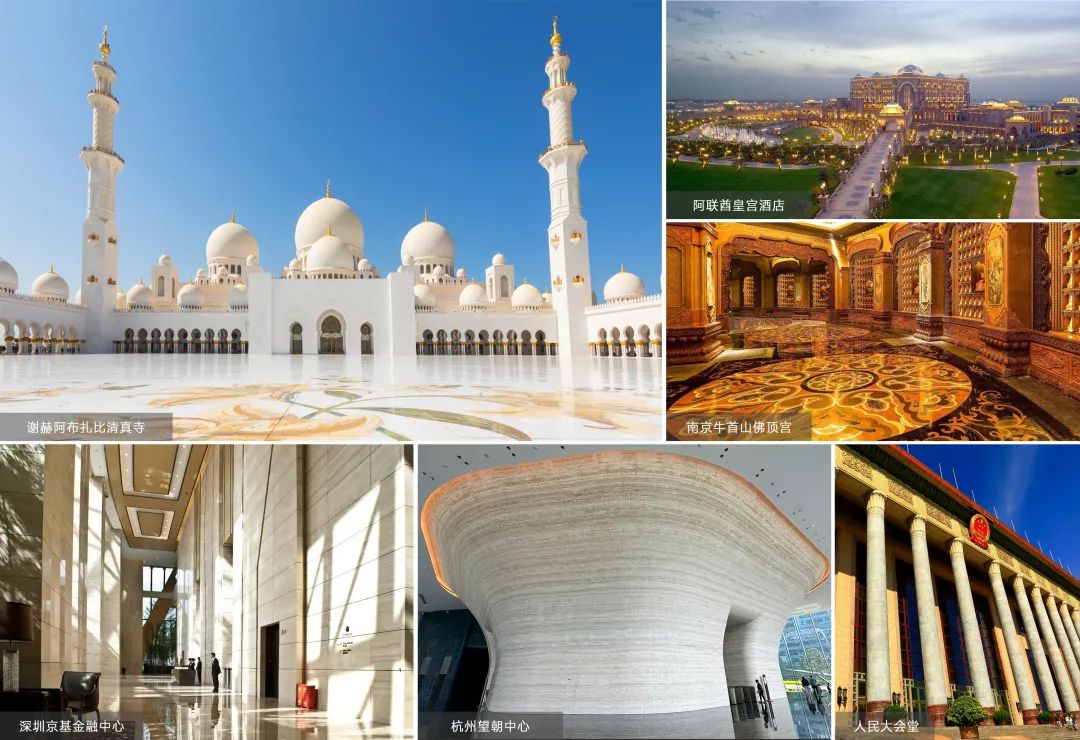
Third, embrace new technologies.
At present, technological development is profoundly transforming the operations of all industries. The stone industry is also actively embracing new technologies, integrating online and offline efforts, and enhancing efficiency through automation and informatization. Especially the latest AI technology, Global Stone has been fully introduced and learned since last year, and has made many explorations in intelligent design of product application scenarios and auxiliary analysis and decision-making, promoting the transformation towards automation and intelligence.
Fourth, marble enterprises are accelerating their overseas expansion.
The overseas market is an important opportunity for the growth of China’s marble industry. China has a wide variety of stone types, strong processing capabilities and large production capacity. By actively participating in international market competition, enterprises can explore broader business.
We can see that Chinese stone enterprises have entered an increasing number of countries and achieved considerable results. Meanwhile, high-quality raw materials, design professionals and stone industry peers from all over the world are increasingly gathering in China to exchange and share resources. The Xiamen International Stone Fair, held from March 16th to 19th every year, has become the largest stone exhibition in the world. Global has undertaken a large number of classic overseas projects in the past. In the past two years, it has also been accelerating its overseas expansion and broadening its business territory.
Looking ahead, I believe that the stone industry should respond to the national strategy and unswervingly transform and upgrade towards a green, healthy, technological and global direction. The above are some encouraging changes that I have observed in the transformation and upgrading of the stone industry in the past two years.

